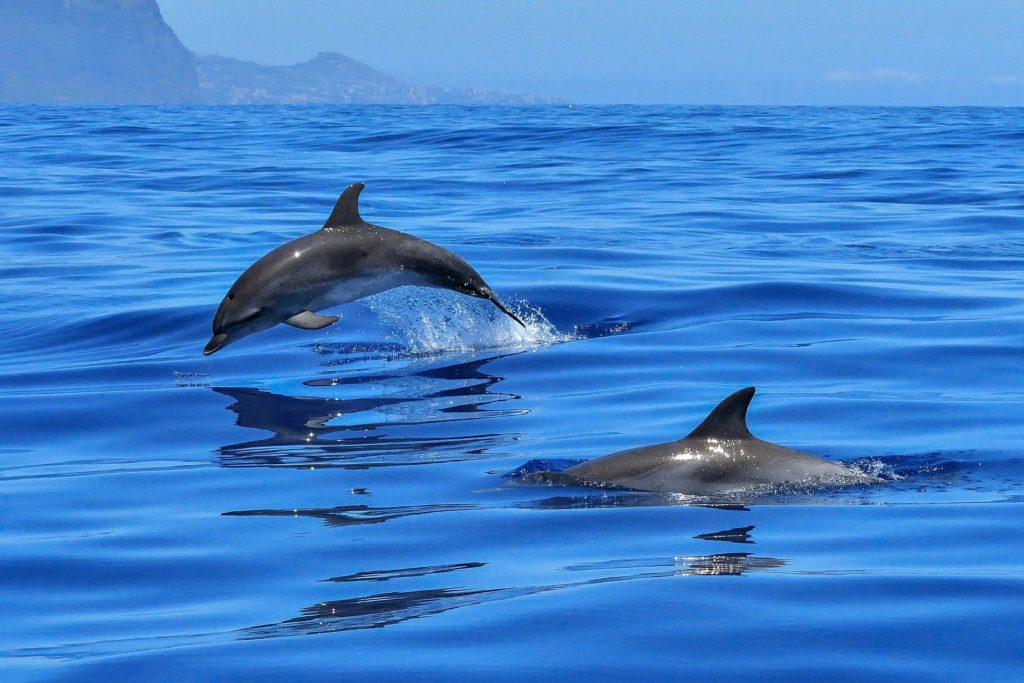VetStem Cell Therapy for Aquatic Animals
We recently shared information about our work with elephants in this blog. But elephants are not the only exotic animals that VetStem has worked with. We have provided cell therapy services for a number of exotic species including, but not limited to, large cats, bears, rhinos, giraffes, and several aquatic animals as well. Recently, VetStem CEO, Dr. Bob Harman, presented regenerative medicine innovations at an aquatic animal medicine conference.
Aquatic Animal Medicine
The International Association for Aquatic Animal Medicine (IAAAM) conference took place virtually over two weeks. Experts in the field gave lectures on various aquatic animal medicine topics including VetStem CEO, Dr. Bob Harman. Dr. Harman presented information about the use of regenerative medicine, particularly VetStem Cell Therapy, in aquatic animals.

VetStem Cell Therapy for Aquatic Animals
VetStem has worked with various exotic animal organizations across the United States to provide stem cell therapy for several species of aquatic animals. We have provided cell therapy services for dolphins, penguins, sea lions, sea turtles, and more. Aquatic animals have received stem cells for various conditions including arthritis, corneal conditions, and acute injuries such as a sea turtle who was injured by a propeller.
Stem Cell Use in Exotic Animal Medicine
Mesenchymal stem cells (MSCs) are regenerative cells with numerous mechanisms of action and can be applied in a wide variety of traumatic and developmental diseases. MSCs can differentiate into many tissue types, reduce pain and inflammation, induce repair and regeneration, and stimulate the formation of new blood vessels. MSCs also secrete anti-microbial molecules and have been used to treat several viral diseases including COVID-19 in people.
As leaders in the field of regenerative veterinary medicine, we take our job very seriously when it comes to the research and development of innovative regenerative medicine treatments for animals and diseases that have minimal treatment options. Maintaining the health and well-being of endangered exotic animals is particularly crucial and has become a community effort, bringing together veterinarians, scientists, and those in the animal health field across the globe. We are happy to contribute to the mission and will continue our own research to develop potentially life-saving stem cell treatments for these animals.
